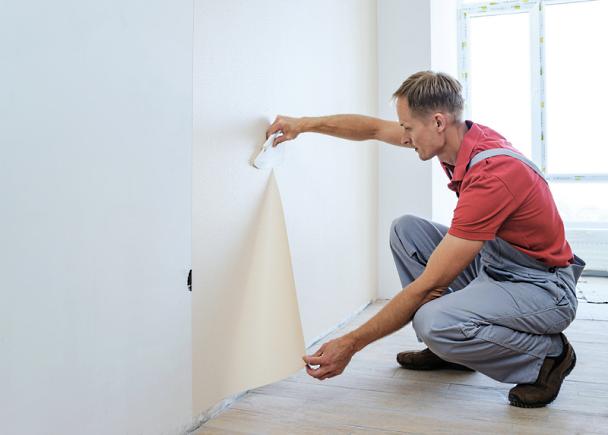Whether you live in a new house or have been occupying it for years, it is common to see stains on the wall.
Of course, it is imperative to remove wall-stains as soon as you see them. But we also understand if you are concerned that your cleaning solution might damage the wall paint.
That said, we have listed down the common food stains you might see on your wall and how you can remove them without hassle.
Food Stains
Before removing the food stains on your wall, we always advise our clients at Planet Maids House Cleaning NYC to consider what type of paint you used.
Glossy enamel paints will be fine after washing. On the other hand, flat latex paints may rub off easily. That said, it is advisable to test a small area first before washing off the food stains on the wall thoroughly.
To remove the food stains on the wall, you will need a mix of 1/4 cup liquid soap and water. Use a cloth to rub the solution on the stain and then blot it with a dry towel.
Grease
Aside from food stains, you will also see grease on the walls, especially in the kitchen. And while it is unsightly and difficult to remove, that does not mean that you should be intimidated by it.
You can use one part white vinegar and one part warm water. Spray it directly on the stain, let it sit for a couple of minutes, and wipe it off using a clean, dry cloth.
Repeat as many times as possible if you are working in a large area.
Permanent Marker
If you live with kids, it is common to see scribbles on the wall. Luckily, there is a way to remove permanent marker doodles on the wall.
For one, you can write over the permanent marker using a whiteboard marker and erase it using a dry, clean cloth. Otherwise, you can dab toothpaste directly on the scribbles, let it sit for at least five minutes, and scrub it off with a clean cloth.
When all else fails, consider using isopropyl alcohol or nail polish remover. Just remember to use gloves and open the windows so you can aerate the scent out.
Crayon Markings
If not permanent markers, it is likely that your kids use crayons when drawing on the wall.
Luckily, you can scrub off crayon markings using non-gel toothpaste. You can also make a baking soda paste, apply it on the crayon markings, and scrub it off using a clean cloth or sponge.
Another method would be to dab the crayon markings with vinegar and scrub it off using an old toothbrush or sponge.
Nail Polish
While permanent markers and crayon markings are manageable, you might be shocked to see your kids messing the walls using nail polish.
To remove it, you can dissolve a tablespoon powdered oxygen bleach in three cups of warm water. Dampen a clean cloth with your solution and dab it onto the stain.
If that did not work, you could opt to use a nail polish remover. Just remember to dab it instead of wiping it so it will not damage the wall paint.
Scuff Marks
Scuff marks are the result of items rubbing on the wall. This usually occurs when you are moving pieces of furniture in a room.
The thing is, scuff marks can be tricky to remove since it can damage the walls.
What you can do is dab rubbing alcohol on the marks using a clean, dry cloth. Another trick would be using a non-gel toothpaste.
If scuff marks are remaining, you can wash them with plain water.
Water Stains
Water stains are those damp-looking marks on your wall. This usually happens if you have leaking pipes.
Thus, the first step to removing water stains is to fix the leaks. When all is done, you can remove the water stains using a 1:3 ratio of bleach and water. Otherwise, you can use any bathroom cleaning solution that has bleach.
Lastly, you can start by repainting the damaged area.
Red Wine Stains
If you hosted a party, you would likely see red wine stains on the wall.
To remove it, you will need a damp sponge if the stain is fresh. Otherwise, you can mix one part bleach with four parts of water. Use it to wash off the red wine stains and rinse it with water. And then use a clean cloth to dry it.
There is no denying that stains on the wall are unsightly, and removing them makes us weary since we do not want damaged paint. Nonetheless, the tips listed above can ensure that you have a clean wall with pristine paint.
About the Author:
Robert Helms is a freelance writer based in NYC. When not writing for clients, he is busy consuming content on how to make home cleaning and organization easy and simple.


